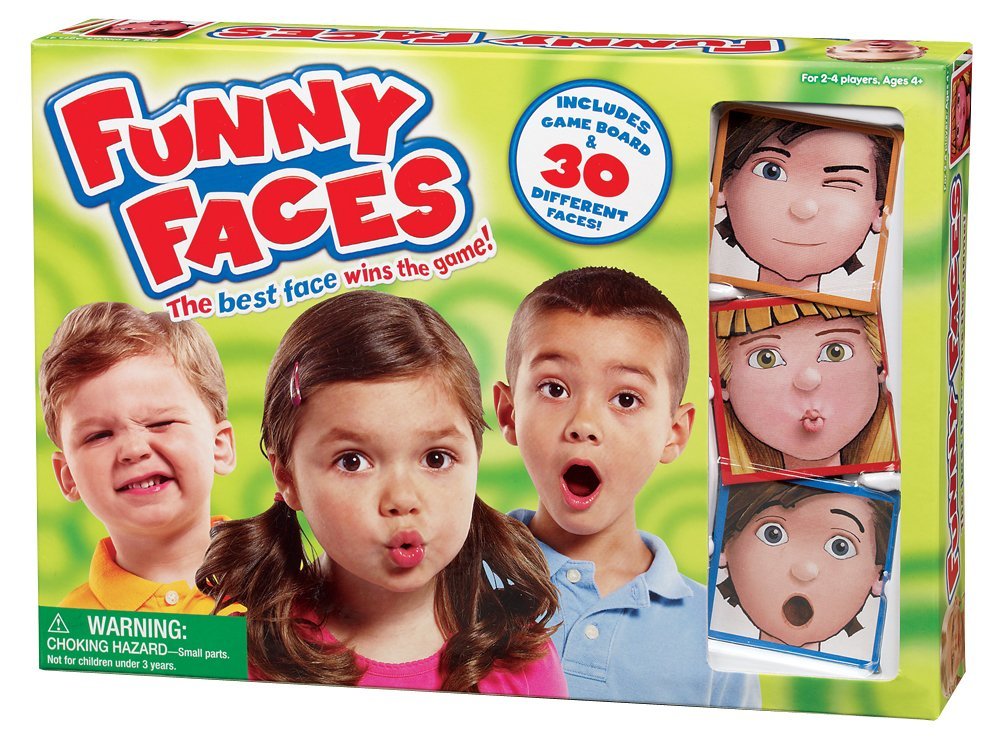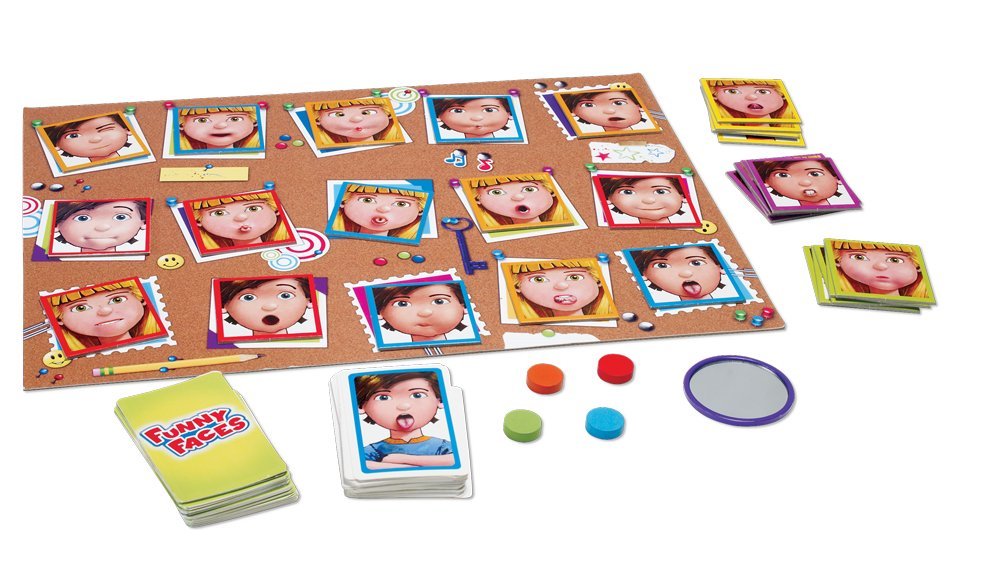For those of you who don’t know him, we’re thrilled to introduce you to Ryan Judd. Ryan is a board certified music therapist with a Masters degree in Music Therapy and has been working as a music therapist with children with special needs for more than 13 years. We’re excited not only to share his wonderful wisdom with you but also to let you know that you can now incorporate his teaching techniques at home and school with The Rhythm Tree Music & DVD Package. This comprehensive package includes a DVD with 9 interactive songs that address particular skill sets, a full-length CD for listening and learning on the go, a 30-page guidebook with music and lyrics along with strategies for addressing developmental goals, and 3 sets of musical and motivating instruments so the whole family can join in. It’s this week’s pick so you can save 15% on The Rhythm Tree DVD and Music Package by applying the promotional code BLOGRHY3 at checkout.
.gif)
“Using Music to Help Children with Autism”
By Ryan Judd
I am a lucky man. I get to see music touch the lives of children with autism on a daily basis. Even after 13 years of providing music therapy for children with autism, I still am amazed at the power of music and the way it can grab a child’s attention and motivate them to perform challenging tasks.
Today, I would like to share with you some ways that you can use music to motivate children with autism and help them reach developmental goals. The cool thing is that you don’t need to be a musician or even be able to sing on key in order to use music with children! Music offers so many possibilities for growth and development. I am here to help you begin to tap into this powerful medium.
Let’s look at how you can use music to help children learn social skills, and in particular, greetings. This can be challenging for some children with autism, especially when the expectation is to make eye contact when greeting a peer. If you practice greetings through a fun and engaging song, you can grab a child’s attention and help them practice this foundational social skill.
I have created a simple but effective greetings song for you that is easy to learn and easy to remember. It is to the tune of “Twinkle, Twinkle Little Star.” I changed the words, but have written the original words above these, so that you can get a better feel for the timing. So here it goes. Let’s try it!
Twinkle Twinkle little star, how I won-der what you are.
Hello, hello, hello friends, it is time to sing a-gain.
Up a-bove the world so high, like a dia-mond in the sky.
Look at a friend and say “hi.” Use your eyes and give high fives.
Twinkle Twinkle little star, how I won-der what you are
Hello, hello, hello friends, it is time to sing a-gain
To practice this song and teach it to your child, start by facing each other and holding hands while seated. Now rock back and forth or side to side while singing. This not only gives your child time with you to practice greetings, but it’s also a great way to bond with your child. Facing each other also sets you up perfectly for making eye contact. If your child is not willing to hold hands for that long, then try a patty-cake type pattern by slapping your knees with both hands and then their hands. If your child craves deep pressure, you can push firmly down on their shoulders, after slapping your knees.
In order to prompt your child to use a greeting in this song, you can use the musical tension that is created by stopping a song in the middle. For example, if you hear, “Twinkle, twinkle, little ________” your brain just wants to hear “star” if it is left out! You can use this natural tension as a non-verbal prompt by pausing before the word or action that you want your child to take. To create even more tension, take a loud, audible breath in, and hold your breath while waiting for them to respond. For our greetings song, it would look like this.
Hel-lo, hel-lo, hello friends, it is time to sing again.
Look at a friend and say ________ (big dramatic pause while waiting for your child to make eye contact and say “hi”).
Use your eyes and give high _______ (big dramatic pause while waiting for your child to make eye contact and give a “high five”).
If your child is non-verbal, no problem! You can have them wave high instead of saying it, or have a visual icon for them to select or touch. You can also set up an electronic Augmentative and Alternative (AAC) device, so that they get the auditory feedback from pushing a button and hearing a recorded voice say “hi.”
To generalize this skill when you are out and about, you can prompt your child by singing, “Look at a friend and say _____ (big pause).” This musical cue can be very effective in prompting a child to use an appropriate greeting with a peer or adult. Just make sure to be patient and give plenty of wait time!
I hope that you’ve found this article helpful and that you’ll begin to explore the potential and fun of using music with your child. Whether you are looking to build a deeper connection, or help your child learn developmental skills, music is a great source of motivation. I have a free bi-weekly newsletter that gives great suggestions and resources for using music with your child, so please sign up at https://www.therhythmtree.com/user-registration.
If you are interested in having all of the tools you need to bring the joy and benefit of music into your child’s life, check out my award-winning DVD and Music Package for Children with Special Needs. It is now for sale at Different Roads to Learning!
 Remember, this week only, take 15% off your order of the Rhythm Tree DVD & Music Package by entering in BLOGRHY3 at check out!*
Remember, this week only, take 15% off your order of the Rhythm Tree DVD & Music Package by entering in BLOGRHY3 at check out!*
*This offer is valid until July 22, 2013 at 11:59 pm EST. Not compatible with any other offer. Be sure there are no spaces in the promo code at check out!
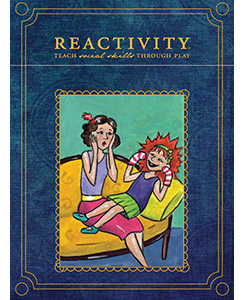 This deck of beautifully illustrated cards uses science-based social skills treatment for children with autism to deliver simple, objective and measurable results. Reactivity allows both parents and professionals to establish the foundations for social skills through a series of cards that introduce children to a wonderful world of playful interactions, designed to develop their interest in relating to people as well as their awareness of the world around them. This week only, take 15% off your purchase of the Reactivity: Teach Social Skills Through Play cards by applying the promotional code BLOGRTVY6 at checkout.
This deck of beautifully illustrated cards uses science-based social skills treatment for children with autism to deliver simple, objective and measurable results. Reactivity allows both parents and professionals to establish the foundations for social skills through a series of cards that introduce children to a wonderful world of playful interactions, designed to develop their interest in relating to people as well as their awareness of the world around them. This week only, take 15% off your purchase of the Reactivity: Teach Social Skills Through Play cards by applying the promotional code BLOGRTVY6 at checkout.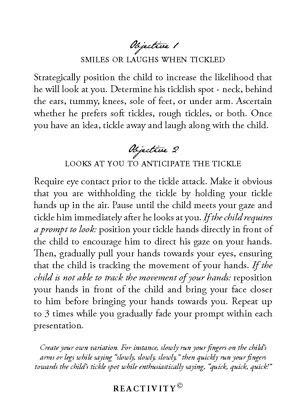
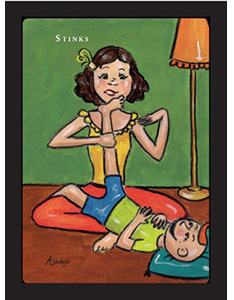

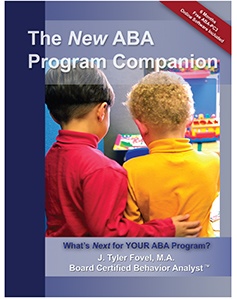 We’re thrilled to introduce
We’re thrilled to introduce 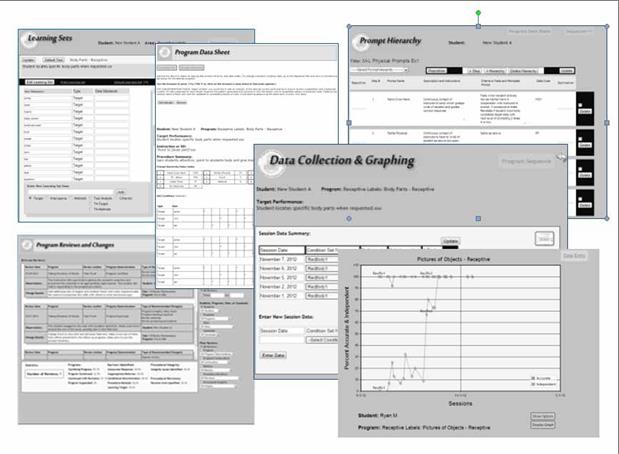
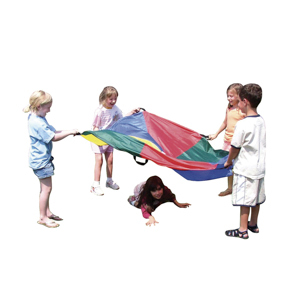


 Our pick this week is the
Our pick this week is the 




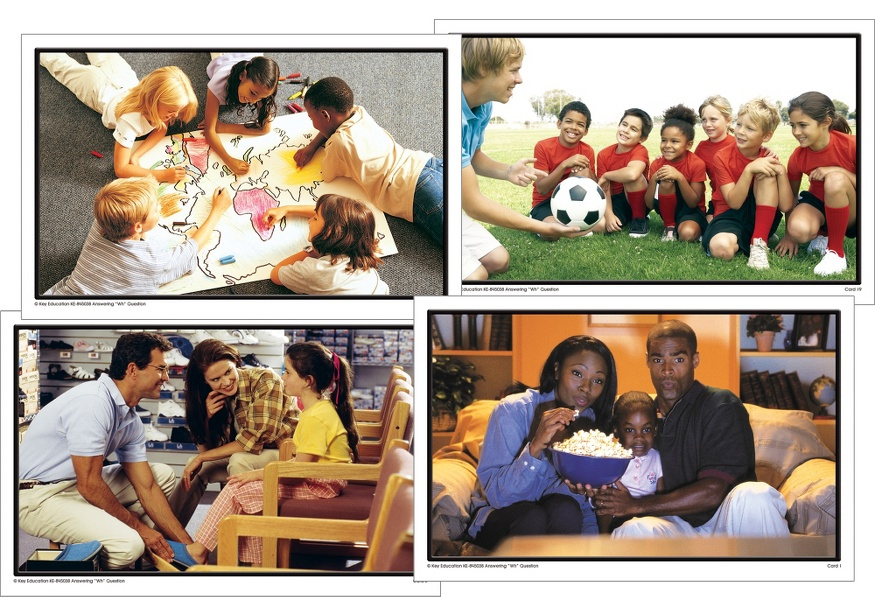
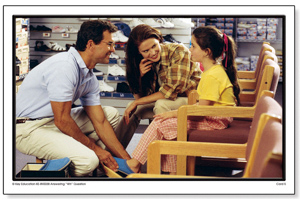 classroom, playground, kitchen, and many more. Answering “Wh” Questions also comes with word lists and a resource guide in English, Spanish, as well as French, to suggest different methods of asking and answering “wh” questions.
classroom, playground, kitchen, and many more. Answering “Wh” Questions also comes with word lists and a resource guide in English, Spanish, as well as French, to suggest different methods of asking and answering “wh” questions..gif)
 Remember, this week only, take 15% off your order of the
Remember, this week only, take 15% off your order of the 